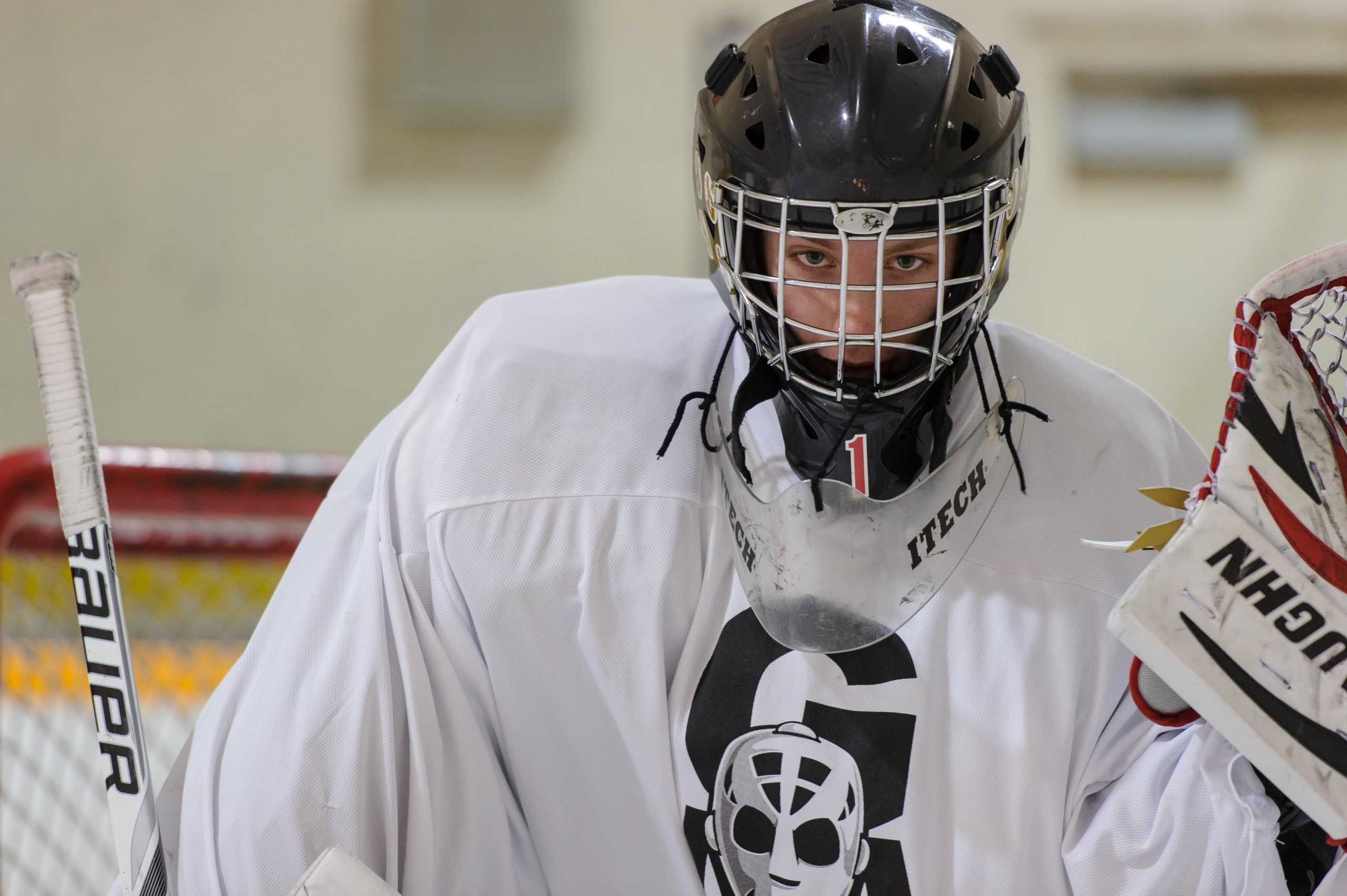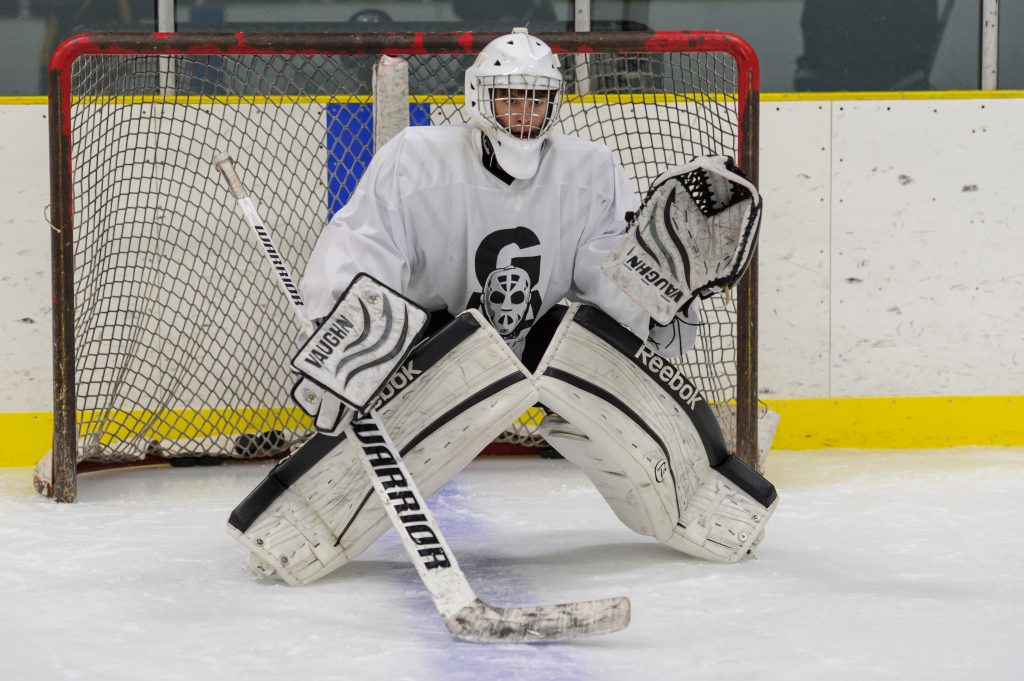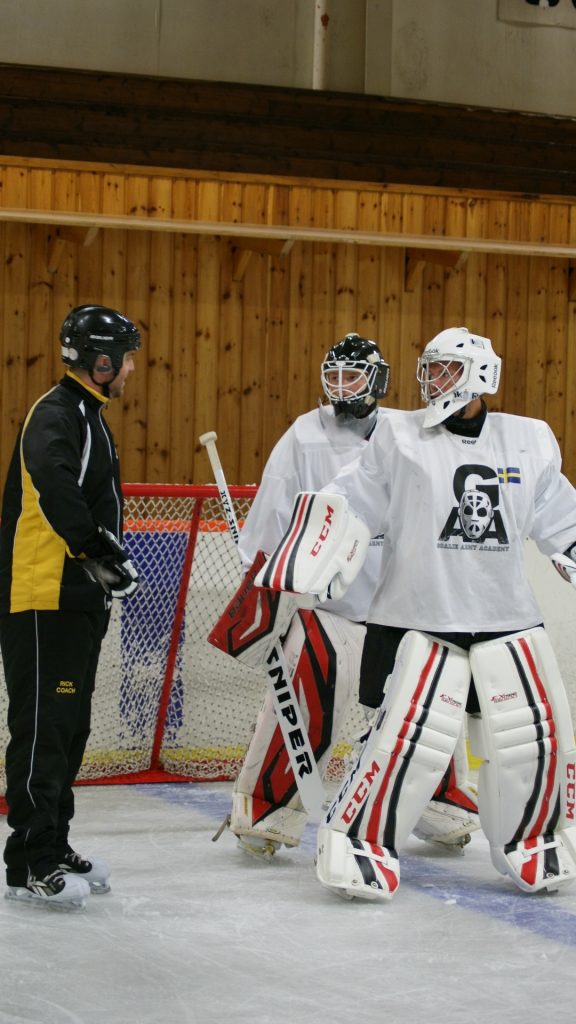
Goalie Training Tips: What Makes You Special?
You did well last season, but maybe there were a few goals that went in that shouldn’t have, a couple of games lost that should have been won, or you may feel that you should’ve cracked a higher calibre team’s roster. If you’re doing the same goalie training program that you did last off-season, do you really expect different results?
 First off, if you haven’t started training for the upcoming season, you’re already behind. So put down the gaming controller and get off of your butt. Becoming a better goalie won’t come from relaxing all off-season. It comes from hard work, determination, sacrifice, and the right goalie training program.
First off, if you haven’t started training for the upcoming season, you’re already behind. So put down the gaming controller and get off of your butt. Becoming a better goalie won’t come from relaxing all off-season. It comes from hard work, determination, sacrifice, and the right goalie training program.
Stay Active
Now that we’ve got that out of the way, are you staying active? If not, there’s still time to register for various summer sports to keep you moving. Are you stretching? A goaltender must move quickly, and with a lot of explosive power. Stretching across the crease in order to stop the puck only works if you’re not pulling a muscle. So make sure to dedicate at least 15 minutes a day to stretching.
On-Ice
If you’re on the ice taking part in 4-on-4 hockey, scrimmages, or most team environment ice time, you’ve likely developed some poor habits. Therefore, the earlier that you’re able to determine what they are, the sooner you can begin to fix them, and become more efficient in your role when the hockey season begins. But if you’re not taking part in our goalie training programs, how will you know what your technical issues are?
Upcoming Goalie Training Programs
At this time, you may have missed our March Maintenance and Goaltender-Specific Power Skating Programs. However, there’s still time to sign up for the remainder of our Spring Program (May-June), Summer Program (July), and our Pre-Season Conditioning Program (August).
 Common On-Ice Goalie Training Mistakes
Common On-Ice Goalie Training Mistakes
Goalies (and their parents) may have great intentions when signing up for various goalie training programs throughout the off-season. But is all ice, good ice?
The Tortoise vs The Hare
You’ve likely heard the term, “The slow and steady tortoise wins the race”. So why would you go without training all spring and summer except for 1 or 2 weeks immediately before tryouts?
Although we offer a pre-season conditioning camp in August (which allows for rest days), doing a minimal workload for a whole summer, just to push yourself extremely hard in order to get into game form right before tryouts is counterproductive. Therefore, although week-long camps may be a great replacement for daycare, they’re really not offering the benefits of a progressive development plan.
Does Facing More Shots Make Better Goalies?
Goalies facing more shots do not become better goalies. Receiving quality coaching, applying proper visualization techniques, having an understanding of game situation theory, hard work, and dedication makes better goalies.
There are too many goaltenders and parents who will sign up for any ice no matter what the quality of play or development program is, simply to get ice time throughout the off-season. Unfortunately, this kind of plan is actually counterproductive to the progressive development of goaltenders. Therefore, stop counting the shots during goalie training lessons, and look for whether goalies are progressing or not, whether shooters are focused and paying attention, and whether the training program allows the flow of each session to provide goalies with proper rest times to mimic the flow and physical demand of a game.
Quality Goalie Training or Workout?
Working hard is essential to the on-ice, and physical development of goaltenders during their goalie training sessions. However, if goalies are looking to become better at stopping the puck, proper rest times are necessary.
Too many goalie training programs are working students ragged to the point that their technique begins to deteriorate. Although goalie training sessions should be physically demanding, on-ice training should allow goaltenders to develop and perfect their technique so that they can gradually pick up speed and power over the years.
Personal trainers and others within the fitness industry refer to muscle memory periodically. Goalie training, like a workout, is similar in this respect. However, if a goalie performs 10-15 repetitions of an exercise before receiving a rest period, the first 5-6 will be performed with the best technique, and the last 7-10 repetitions will show technical flaws as the body becomes tired. Unfortunately, the body’s muscle memory recalls the technique from the last repetitions of each exercise, and applies it to games.
If you’re looking for a workout, seek out a gym membership and personal trainer. Leave the on-ice training for technique and building efficiency.


Leave a Reply